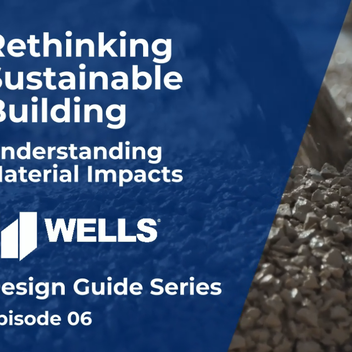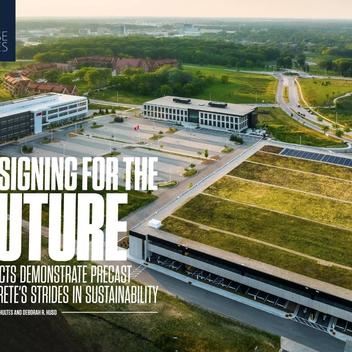
Many in the design world reflexively resist the idea of using concrete of any kind in sustainable design, raising obvious objections to the amount of carbon dioxide (CO2) the concrete industry generates. That is not an incorrect observation; the concrete industry does contribute roughly 10% of global CO2 emissions each year (slightly less than the impact made by other building materials).
Concrete is the most abundant man-made material in the world. Estimates range between 4 and 10 billion tons of concrete produced globally each year. And that's not for nothing. Concrete provides durability, resilience, and quality, among its many attributes. We need it, but we recognize we also need to make it better and less impactful to the environment.
For many years the industry has made the argument that in life cycle terms, concrete in fact has a relatively low impact. There is an up-front cost of energy and carbon, but the material lasts for many years and that impact is spread out over a very long, high-performing lifetime. This is true, and very important, but there is also recognition that the onset of climate change demands more dramatic reductions in the short term as well.
Explore more on this topic by reading the full article, as featured in PCI ASCENT Fall 2023 Issue.



